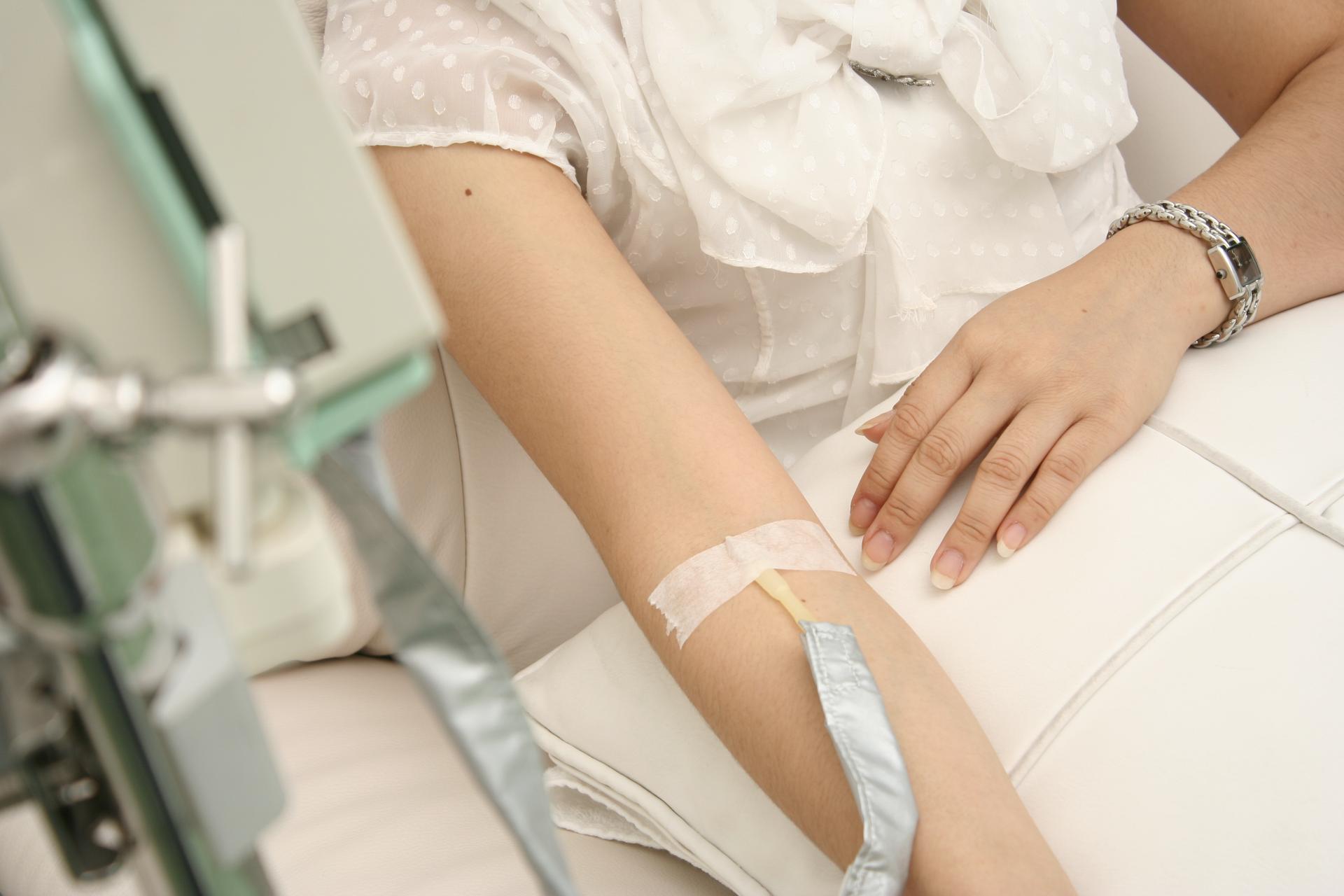Background and Objective. A comparative overview is presented, both theoretical and clinical, for intense pulsed light (IPL) and laser results of facial telangiectasias and pigmented lesions.
Materials and Methods. A narrative approach describes light penetration into the epidermis, dermis, dermal-epidermal junction, and facial ectasias. Based on mathematical models, we examine some temperature profiles for monochromatic and broadband light sources. Specifically, temperature elevations of representative vascular targets are discussed. Also, clinical scenarios are reviewed for both IPL and laser. Although multiple monochromatic devices are reviewed, only the 532 and 595 nm wavelengths are emphasized.
Results. In theory, an IPL can be filtered to simulate 532 and 595 nm laser light in the results of telangiectasias and dyschromias. In comparing our experiences with the different devices, all three (IPL, 532 nm laser, and 595 nm laser) are capable of achieving a reduction in ectasias and hyperpigmented macules.
Conclusions. With an optimal set of parameters, IPLs and lasers are comparable in the results of vascular and pigmented lesions with respect to results efficiency and safety.


